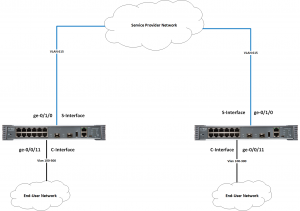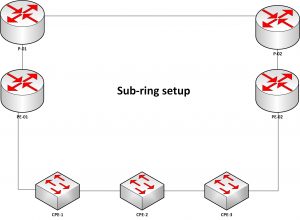Migrating from Zimbra to Zimbra (ZCS to ZCS)
There can be a number of reasons for migrating from one mail server to another, the commonest being “running low on disk storage”. Other reasons may include “the need to having a failover mail server” in case of any catastrophic event that may compromise the active email server, among others.
In other words, this same technique can be used to create a clone of your currently running email server to ensure redundancy.
In order to have virtually zero down time, we will proceed as follows :
- Set the DNS TTL Entries pertinent to the mail server to the shortest possible time (Ideally this is done a day before to make sure the ttl propagates accordingly)
- Prepare a fully working new server
- Import all existing domains from the old server.
- Import all existing accounts, passwords, distribution lists, and aliases from the old server
- Move all DNS Pointers and firewall port forwards to the new server (or leave the DNS Pointers as they are, and simply swap the servers’ I.P. Addresses old to new, and new to old. (More about this later)
- Make sure that new mail is arriving on the new server.
- Make sure users are able to connect and use the new server.
- Export Mailbox data from the old server, and import it to the new while the new server is running
Continue reading “Migrating from Zimbra to Zimbra (ZCS to ZCS)”

